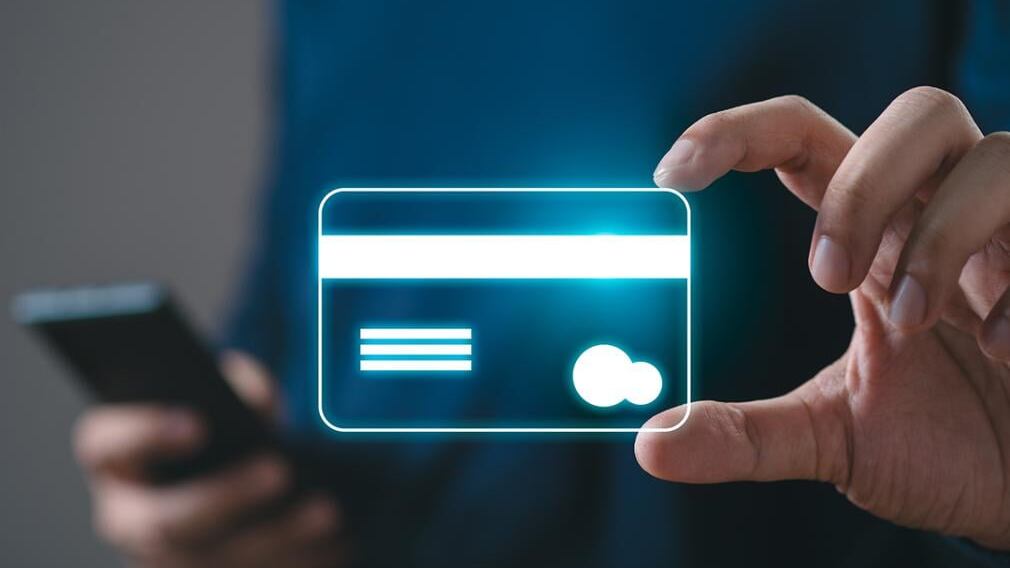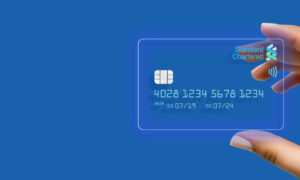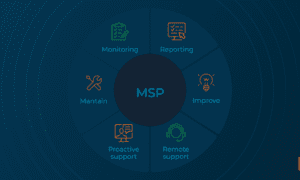Virtual cards are fast gaining popularity in the modern digital economy due to their ease of use, as well as the widespread acceptance that accompanies them both on an individual and corporate sector level. So what are virtual cards and how do they work? Here we are going to deconstruct everything about this potent financial instrument and why it is transforming how transactions take place.
What is a Virtual Card?
A digital credit or debit card is a virtual card. It is not a plastic card that is carried in the wallet, but entirely virtual. Banking or fintech websites or online platforms such as OnlineCheckWriter issue virtual cards that have a card number, card expiration date, and card verification value code (CVV), just like a physical one.
The essential aspect is the difference. A virtual card resides in your digital vault, available when you want to make an online or over-the-phone purchase without having to reveal any of your real bank account or credit card numbers.
How Virtual Cards Work
How it all works is simple:
- Issuance – You order an e-card from your bank or provider. Particularly, online systems can be used to create many of them immediately.
- Configuration – Impose spending limits, expiration dates, or assign the card to a particular vendor.
- Usage – Cards can be entered as virtual cards in checkout, just as any other card.
- Security Layer – There are no actual account details that can be seen, which eliminates the chances of fraud to a great extent.
Virtual cards can be one-time (when the card automatically expires after its single usage) or multi-use (suitable for recurring payments or trusted merchants).
Why Use a Virtual Card?
1. Enhanced Security
Virtual cards ensure your security against data breaches, phishing, and scams and unwarranted transactions since they keep your real card information confidential.
2. Better Spending Control
Spending limits can be customised, which makes them useful in the areas of budgets, subscriptions, or employee expenses.
3. Instant Availability
No waiting around to get a card via mail, with most virtual cards being able to be generated in seconds.
4. Global Usability
Virtual cards can be used in all the same places as traditional cards, in places that support online payments.
Real-Life Example
Consider that you want to sign up for a free trial on a streaming platform. Rather than utilising your own debit card, you create a one-time virtual card. The card expires when the trial is over, meaning that you are not taken by surprise, and your actual card data will not be stolen.
Who Benefits from Virtual Cards?
- Frequent Online Shoppers – To get a secure e-commerce shopping experience.
- Businesses – To ensure employee expenses have spending limits.Travellers – To securely make their bookings and have the flexibility of currency.
- Subscription Users – To avoid unnecessary recurring subscriptions.
The Future of Payments
Virtual cards are no longer a fad; they are a preview of a cashless, safe, and adaptive financial future. Social media such as OnlineCheckWriter are bringing the ability to create, control, and monitor your cards with ease to a new reality.
Final Takeaway:
The versatile nature and qualities of virtual cards (i.e. level of security, convenience, and control) make them invaluable in personal and business transactions. The reason is that, perhaps, you have not tried one yet, and this is why it is time to learn about this digital enhancement of your financial life.































